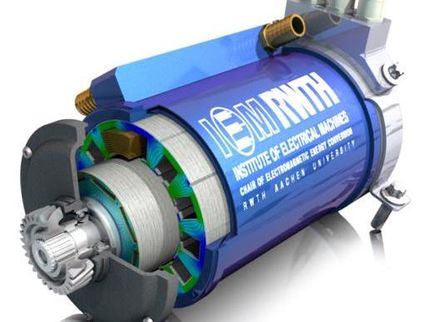New process for removing arsenic from drinking water
High efficiency thanks to iron oxide granules developed by Bayer
Advertisement
Leverkusen - A simple and cost-effective process for separating arsenic off from drinking water has been developed by the British water supply company Severn Trent plc based in Birmingham in cooperation with Bayer. The heart of the Sorb 33TM system is a fixed bed composed of Bayoxide® E33 through which the polluted water is passed. The iron hydroxide oxide granules specially developed by Bayer for this application are distinguished by their finely structured surfaces in the nano range which adsorb the arsenic. Severn Trent has carried out thorough pilot plant tests on the new filter method over a period of two years. "The process has fully demonstrated its effectiveness and that it is ready for the market," explains John Simms, project manager with the British water supplier. The company is currently introducing this new fixed bed system onto the British market. The first commercial plant went on stream in Burton Joyce near Nottingham in September 2001, and a second followed in Chaddesley Corbett in November 2001. Severn Trent is currently setting up another 14 plants in the Midlands.
Excessively high arsenic concentrations are found in the groundwater of many countries. The presence of the nonmetal as a complexly bound trivalent or pentavalent ion is mainly due to the leaching of natural ores and minerals. It is estimated that worldwide over 100 million people drink water contaminated with arsenic. Particularly high levels of arsenic are recorded in the USA, South America, India, Bangladesh and China. The levels can be as high as several milligrams per liter. A large number of medical studies have shown that long-term contamination at such concentrations can lead to changes in the skin (hyperkeratosis) and even carcinoma. Links between exposure to arsenic and other types of cancer have also been reported.
As a result of these medical studies, the WHO (World Health Organization) recommended in 1992 a threshold limit for arsenic in drinking water of 10 micrograms per liter (µg/l). This value is still exceeded in many European countries and in the USA, although it has been complied with in Germany since 1996. An EU Directive introduced in 1998 specifies this threshold across the whole of the European Union. It will be compulsory in England from 2003. Following a decision by the American environmental authority EPA in October 2001, the USA has also committed itself to complying with the threshold of 10 µg/l from 2006.
Bayoxide® E33 has several strengths which are particularly significant for the adsorption of arsenic by the fixed bed process. "Its capacity for the nonmetal is much higher than that of commercial adsorbents such as activated carbon and activated aluminum oxide, which also means long and cost-effective residence times," explains Simms. Compared to ion exchange resins it has the advantage that it does not require extensive regular regeneration in a water tank and is much easier to handle. A key argument for Severn Trent when they selected the material was the fact that Bayer has the technical production capacity to supply large volumes at short notice, should there by a surge in demand.
The iron oxide granules are used most often with grain sizes of between 0.5 and two millimeters, although other sizes can be specially customized for particular applications. Bayer and Severn Trent are working on a solution for low-volume users - such as in remote areas where there is no central water supply - and cartridge systems for home use.
And that's not all Bayoxide® E33 can do. The all-round talent can adsorb other pollutants too such as antimony, lead, cadmium and chromate ions, with special product grades tailored to these applications currently under development. "Here, there is a considerable amount of potential for our product," says Dr. Andreas Schlegel, Bayer research scientist, looking ahead



























































